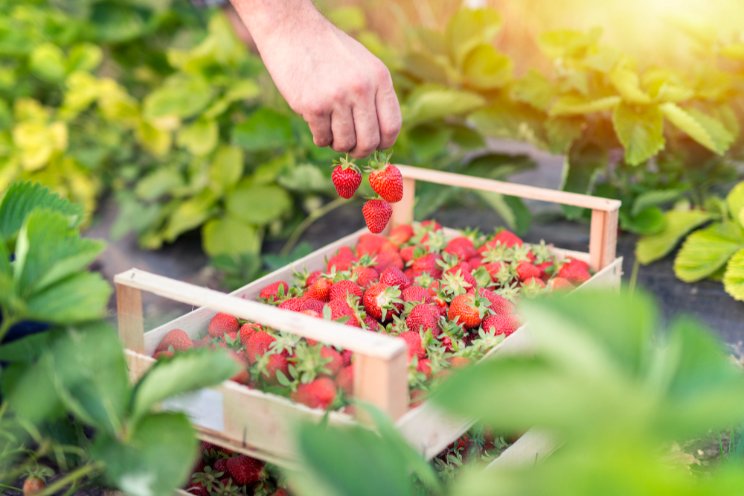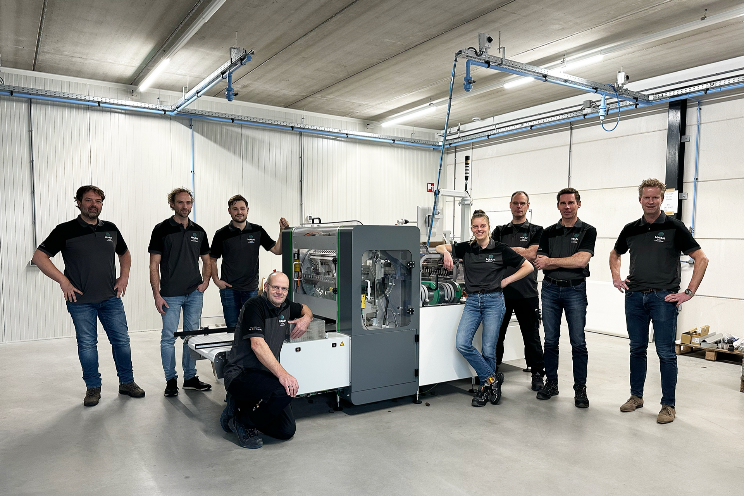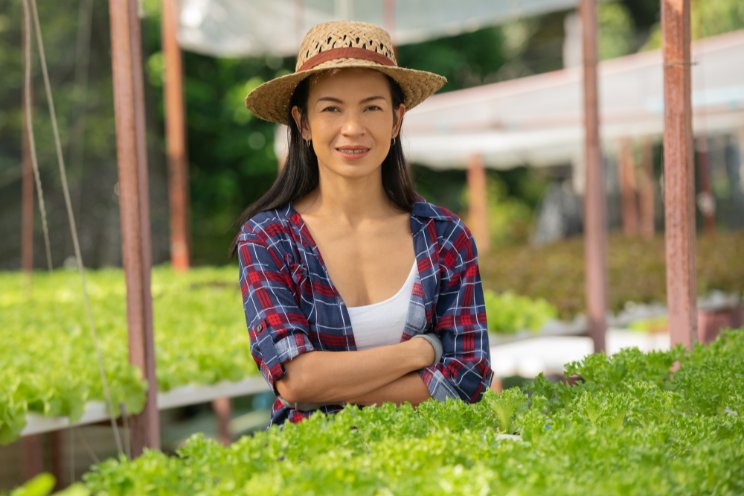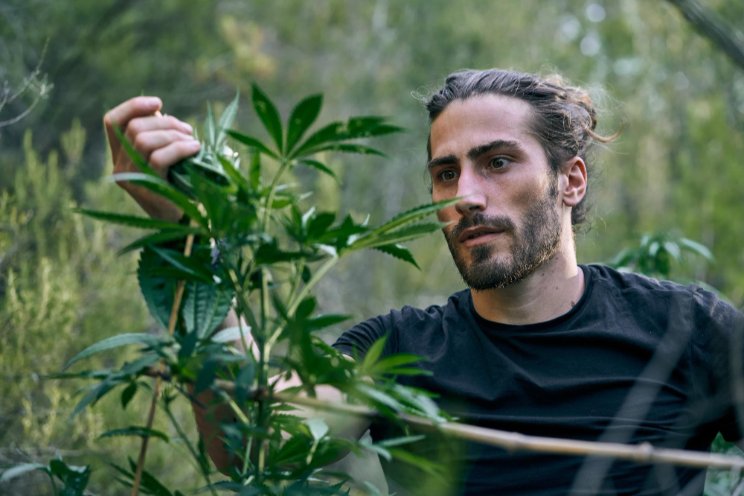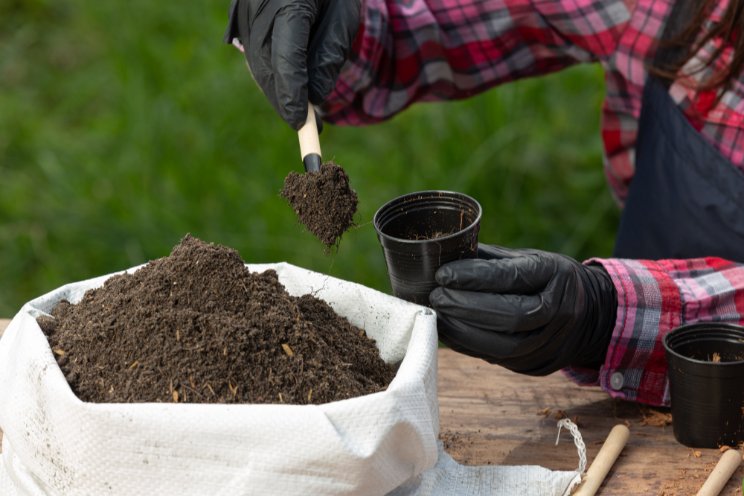3 'Ts' of Texas horti
Added on 12 February 2020

Your guess is as good as mine, but now that it's back to more pleasant weather, it's time to start thinking about spring landscape and garden planning.
Don't be hasty and start planting warm-season plants too early, but do start preparing for when the time comes.
Texas horticulture seems to revolve around three areas - turf, trees and tomatoes.
These 'three T's' are the foundation of home gardening and are the things that Texans talk about and ask questions about more than anything else when it comes to home horticulture.
The basics of lawn care come down to mowing, irrigation, fertilization and pest control. It may be more challenging to have a thick sticker-free lawn in west Texas than other locations, but it's possible and doesn't require excessive water like many may think.
Deep, infrequent irrigation and frequent mowing at the appropriate height have the biggest impact on growing a dense lawn with no weeds. As it starts to warm up, consider making some goals to rejuvenate a thinned lawn or plant a new one if starting from scratch.
Tree care right now consists mainly of pruning if needed.
Also, new trees can be planted this time of year; for those wanting to add new shade trees to the yard consider placement very carefully.
Shade trees are often most attractive when placed at 45-degree angles off the front corners of the home, to frame the home; not in the middle to visually cut the home in half.
Be sure to research the size of the tree at maturity, and plant with correct spacing. Don't plant trees too close together - trees are planted for the future, not for the moment. Picture them at full size and plant accordingly.
The last T: Tomatoes are the most popular vegetable for home gardeners, but are not the easiest.
They have pest problems to watch out for, and they also don't like hot weather. Tomatoes can't take freezing weather so wait until after the last frost to plant, but try to plant as early as possible after that to get them growing and producing before it gets hot.
Small varieties like cherry tomatoes will keep making fruit in the heat, but larger tomatoes just don't have the ability to set fruit when it's hot.
Join us on Saturday, February 29th for a seminar to learn how to be more successful in west Texas with these three T's.
The seminar 'Turf, Trees and Tomatoes' will be held at the Tom Green 4H Building, 3168 N US Highway 67, from 9 a.m. to 4 p.m. Feb. 29, and the cost to attend is $30, which includes lunch.
Click here for more information.
Photo Credit: Rashda Khan
Source: Go SanAngelo
More news

